Home>Garden Essentials>What Are Seeds Made Out Of
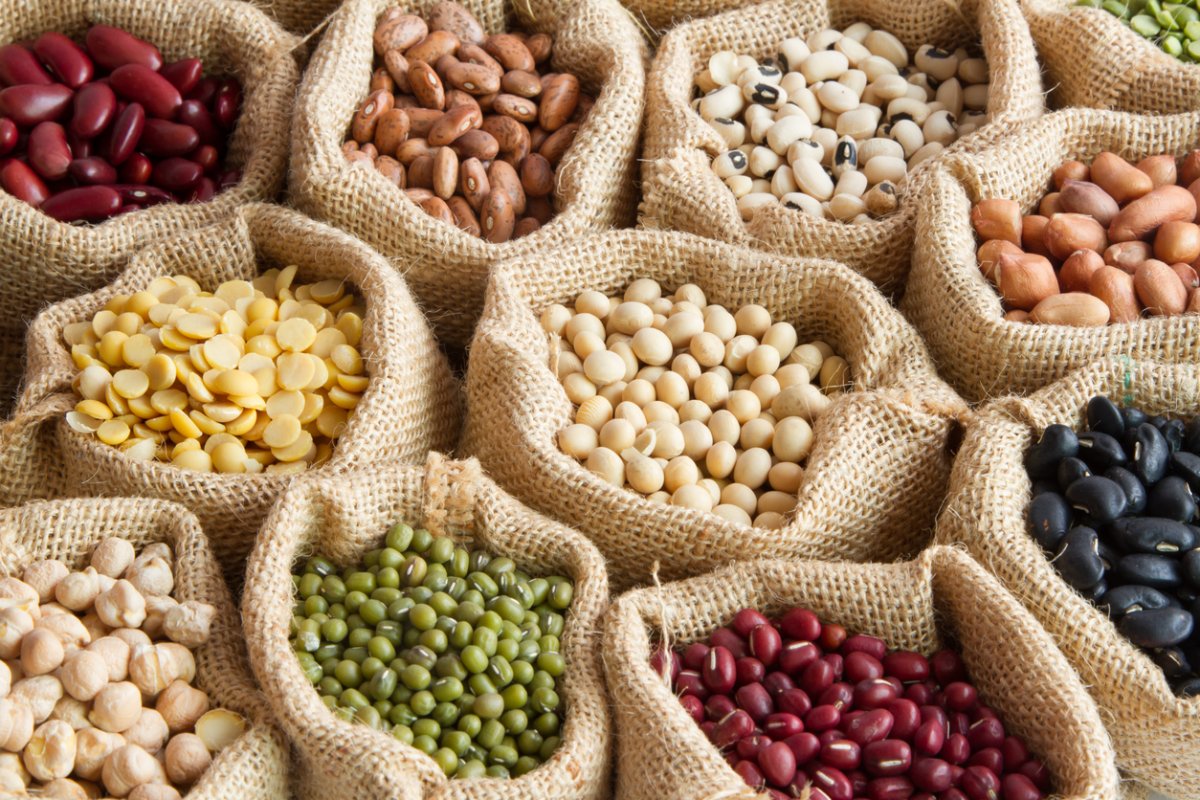

Garden Essentials
What Are Seeds Made Out Of
Modified: March 15, 2024
Discover the fascinating world of garden seeds and learn what they are made out of. Unlock the secrets behind the life cycle of plants and start your own green oasis.
(Many of the links in this article redirect to a specific reviewed product. Your purchase of these products through affiliate links helps to generate commission for Storables.com, at no extra cost. Learn more)
Introduction
Welcome to the fascinating world of seeds! As an essential part of the life cycle of plants, seeds play a crucial role in the growth and reproduction of countless species. Whether you’re a gardening enthusiast, a food lover, or simply curious about the wonders of nature, understanding what seeds are made of is an exciting journey that unveils the secrets of plant life.
Seeds are the result of a complex process that begins with pollination and ends with the formation of a new plant. They come in all shapes and sizes, from tiny granules to large pods, and are packed with a variety of nutrients that are vital for the germination and early growth of plants.
In this article, we will take a closer look at the anatomy of a seed, the components that make up its structure, the process it goes through to develop, and its significance in the natural world. So, let’s dive in and discover the fascinating world of seeds!
Key Takeaways:
- Seeds are like tiny plant babies, with a coat for protection, an embryo for growth, and endosperm for nourishment. They’re packed with proteins, carbs, fats, vitamins, and minerals, making them super nutritious!
- Seeds are nature’s little superheroes, helping plants reproduce, providing essential nutrients for humans and animals, and even playing a crucial role in agriculture. They have cool ways of traveling too, like hitching a ride with animals or soaring through the air!
Read more: What Is Grass Made Out Of
Anatomy of a Seed
To understand what seeds are made of, we must first explore their anatomy. When you hold a seed in your hand, you are actually holding a miniature version of a future plant. Each seed consists of three main parts: the seed coat, the embryo, and the endosperm.
The seed coat, also known as the outer layer, is the protective covering that surrounds the seed. It acts as a shield, safeguarding the precious contents of the seed from external factors such as moisture, insects, and disease. The seed coat can vary in thickness, texture, and color, depending on the plant species. Some seed coats are smooth and shiny, while others are rough and textured.
The embryo is the vital part of the seed that contains the plant’s genetic material and the potential to develop into a new organism. It is essentially the baby plant waiting to grow. Within the embryo, you can find the tiny root called the radicle, which will eventually develop into the plant’s root system, and the shoot, which will become the stem and leaves.
Lastly, the endosperm is a nutrient-rich tissue that provides nourishment to the developing embryo. It serves as a source of energy and nutrients for the new plant until it can establish its own root system and begin photosynthesis. The endosperm can vary in composition, ranging from starchy substances to oils and proteins, depending on the species of the plant.
Together, these three components work in harmony to ensure the survival and successful germination of the seed. The seed coat protects the embryo and endosperm, while the embryo holds the genetic blueprint for growth, and the endosperm provides the necessary nutrients to fuel the early stages of development.
Components of a Seed
Seeds are not just simple structures; they are powerhouses of nutrition. Within their tiny shells, seeds contain a variety of components that are essential for the growth and development of plants. Let’s explore the key components that make up seeds.
Proteins: Seeds are excellent sources of plant-based proteins. These proteins are made up of amino acids, which are the building blocks of life. Proteins play a crucial role in plant growth, as they are involved in the synthesis of enzymes, hormones, and structural components of cells and tissues.
Carbohydrates: Carbohydrates are another vital component of seeds. They provide the energy needed for germination and early growth. Seeds store carbohydrates in the form of starch, which is broken down into glucose during germination to fuel the developing embryo.
Fats: Seeds are rich in healthy fats, such as mono- and polyunsaturated fats. These fats are not only an important source of energy but also play a role in the development of cell membranes and the production of hormones. Additionally, fats aid in the absorption and transportation of fat-soluble vitamins.
Vitamins and minerals: Seeds are packed with a wide range of vitamins and minerals. They are particularly rich in vitamins B and E, which are important for energy metabolism and antioxidant protection. Additionally, seeds contain essential minerals like iron, zinc, magnesium, and calcium, which are necessary for various biological functions.
Phytochemicals: Seeds are also abundant in phytochemicals, which are naturally occurring compounds found in plants. These compounds have antioxidant properties and may have protective effects against chronic diseases. Examples of phytochemicals found in seeds include flavonoids, phenolic acids, and lignans.
These components not only contribute to the nutritional value of seeds but also have potential health benefits for humans. Incorporating a variety of seeds into your diet can provide a diverse array of nutrients and phytochemicals, supporting overall health and well-being.
Formation of Seeds
The formation of seeds is a remarkable process that begins with the intricate dance of pollination and culminates in the development of a mature seed. This process involves several stages, including pollination, fertilization, and the subsequent development of the seed coat and embryo.
Pollination: Pollination is the first step in seed formation and occurs when pollen grains, containing the male reproductive cells, are transferred from the male part of a flower to the female part. This transfer can happen through various methods, such as wind, water, or the assistance of animals, including insects, birds, or mammals. Pollen grains land on the stigma, the receptive part of the female flower, and then travel down the style to reach the ovaries where the ovules are located.
Fertilization: Once the pollen grains reach the ovules, fertilization occurs. Fertilization is the fusion of the male gametes (sperm) with the female gametes (eggs) present in the ovary. This union gives rise to a zygote, which is the first cell of the new plant. The zygote contains the genetic material from both parent plants and carries the blueprint for the development of the future seedling.
Development of seed coat and embryo: After fertilization, the ovule develops into a seed. The zygote divides and differentiates, forming the embryo, which will eventually develop into a new plant. Simultaneously, the surrounding tissues of the ovule differentiate to form the seed coat. The seed coat acts as a protective layer, shielding the developing embryo from external hazards, such as pathogens and physical damage.
This development process may take varying lengths of time depending on the plant species. Some seeds mature within a few weeks, while others may take several months or even years. The final result is a fully formed seed, containing the embryo, surrounded by the protective seed coat.
Seeds are incredible creations of nature, representing the beginning of life for countless plant species. Understanding the process of seed formation gives us a deeper appreciation for the intricate mechanisms of plant reproduction and the importance of seeds in sustaining and diversifying plant populations.
Seeds are made up of three main parts: the seed coat, endosperm, and embryo. The seed coat protects the seed, the endosperm provides nutrients, and the embryo will eventually grow into a new plant.
Germination Process
The germination process marks the beginning of a seed’s transformation into a fully-grown plant. It is a crucial phase where the dormant seed comes to life and begins its journey towards becoming a thriving seedling. The germination process consists of several key steps, including the absorption of water, activation of enzymes, growth of the radicle and shoot, and the eventual emergence of the seedling.
Absorption of water: The first step in germination is the absorption of water by the seed. When a seed receives adequate moisture, it rehydrates, causing the seed coat to soften and swell. The process of water absorption triggers metabolic changes within the seed, activating various biochemical processes necessary for growth.
Activation of enzymes: As water enters the seed, it reactivates dormant enzymes present within the embryo. These enzymes play a vital role in breaking down stored nutrients, such as starch and proteins, into simpler forms that can be utilized by the growing plant. This enzymatic activity is crucial for providing the energy and building blocks required for further growth and development.
Growth of radicle and shoot: With the activated enzymes at work, the embryo begins to grow. The first visible sign of growth is the emergence of the radicle, which is the embryonic root. The radicle starts to elongate and push through the seed coat, anchoring the seedling into the soil. Simultaneously, the shoot, consisting of the stem and leaves, begins its upward growth towards the surface.
Emergence of seedling: As the radicle and shoot continue to grow, the seedling eventually emerges from the soil’s surface. The shoot develops leaves that undergo photosynthesis, converting sunlight into energy. With a constant supply of energy and nutrients, the seedling establishes itself and continues to mature into a fully-grown plant.
The germination process may vary in duration and intensity depending on the plant species and environmental conditions. Some seeds may germinate quickly within a few days, while others may take weeks or even months. Factors such as temperature, moisture, and light availability play significant roles in influencing the rate and success of germination.
The germination process is an awe-inspiring demonstration of nature’s resilience and adaptability. It is the miraculous beginning of a seed’s transformation into a flourishing plant, showcasing the incredible potential and perseverance that lies within every tiny seed.
Read more: What Is Brick Made Out Of
Importance of Seeds
Seeds are not just tiny packets of life; they hold immense importance in various aspects of our world. From their role in plant reproduction to their nutritional value for humans and animals, and their economic significance in agriculture, seeds play a vital role in sustaining life and supporting our global ecosystem.
Role in plant reproduction: Seeds are the means through which plants reproduce and ensure the survival and diversification of their species. They act as vessels carrying the genetic information of plants from one generation to the next. Through the process of pollination, plants produce seeds that are dispersed and give rise to new individuals, perpetuating the cycle of life.
Nutritional value for humans and animals: Seeds are nutritional powerhouses packed with essential nutrients. They provide a rich source of proteins, healthy fats, vitamins, minerals, and dietary fiber. Incorporating seeds into our diets can contribute to a balanced and healthy lifestyle. Additionally, seeds also serve as a valuable food source for animals, supporting their growth and providing vital nutrients.
Economic significance in agriculture: Seeds have significant economic importance in agriculture. They are the starting point for crop production, ensuring a stable food supply for human populations. Farmers rely on quality seeds to achieve high-yielding, disease-resistant crops. Additionally, the seed industry plays a crucial role in breeding, selecting, and producing hybrid and genetically modified seeds, leading to improved crop traits and increased agricultural productivity.
Seeds are not only essential for food production but also for the cultivation of ornamental plants, forestry, and the production of raw materials such as cotton and oil. The seed industry contributes to the global economy by providing employment opportunities, supporting rural development, and promoting sustainable agriculture practices.
Furthermore, seeds have cultural and ecological significance. They have been used for thousands of years in traditional medicine, religious practices, and as symbols of fertility and rebirth. In nature, seeds play a critical role in maintaining biodiversity as they are spread by various dispersal mechanisms, ensuring the colonization of new areas and the survival of plant species.
Overall, seeds are invaluable to the functioning of our ecosystem, the well-being of humans and animals, and the stability of our agricultural systems. Understanding and valuing the importance of seeds is crucial for preserving biodiversity, ensuring food security, and promoting sustainable practices to safeguard the future of our planet.
Seed Dispersal Mechanisms
Seed dispersal is a fascinating process by which plants ensure the spread and colonization of their offspring. Through various ingenious mechanisms, seeds are dispersed away from the parent plant, allowing them to germinate and grow in new locations. Nature has evolved several effective methods of seed dispersal, including wind dispersal, water dispersal, animal dispersal, and self-dispersal mechanisms.
Wind dispersal: Wind dispersal, or anemochory, is a common method seen in many plant species. Plants that rely on wind dispersal produce lightweight seeds equipped with specialized adaptations. These adaptations can include structures like wings, plumes, or parachutes that enable them to catch the wind and drift away from the parent plant. Examples of wind-dispersed seeds include dandelions, maple keys, and milkweed pods.
Water dispersal: Water dispersal, or hydrochory, is primarily utilized by plants growing near bodies of water. Seeds that employ this method are often buoyant or have protective coatings to survive in water. They are carried by currents until they reach new locations where they can germinate. Examples of water-dispersed seeds include coconuts, willow tree catkins, and water lilies.
Animal dispersal: Animal dispersal, or zoochory, relies on animals as carriers for seeds. Some plants have evolved attractive fruits, which are consumed by animals. The seeds are then dispersed when the animal excretes them in a different location. This method benefits both the plant, as it spreads its seeds, and the animal, as it receives sustenance. Examples of animal-dispersed seeds include berries, nuts, and fruits consumed by birds, mammals, and reptiles.
Self-dispersal mechanisms: Some plants have evolved unique mechanisms to disperse their own seeds without the need for external agents. These self-dispersal mechanisms rely on unique structures or actions to achieve dispersal. For example, plants like the touch-me-not (Mimosa pudica) have seed pods that explosively burst when touched, propelling the seeds into the surroundings. Other plants, like the squirting cucumber (Ecballium elaterium), have fruit that forcefully expels their seeds when pressure is applied. These self-dispersal mechanisms ensure that the seeds are spread to nearby locations.
Each of these seed dispersal mechanisms plays a crucial role in the survival and colonization of plant species. By dispersing seeds away from the parent plant, plants avoid competition for resources and increase their chances of finding suitable habitats for growth and survival. This process also promotes genetic diversity and helps plant populations adapt to changing environments.
Seed dispersal mechanisms demonstrate the ingenious strategies that plants have evolved over millions of years. Whether it’s soaring through the air, floating along waterways, hitching a ride with animals, or promoting self-propulsion, these fascinating mechanisms ensure the continued abundance and diversity of plant life on our planet.
Conclusion
Seeds are truly remarkable and essential components of the natural world. They hold within them the potential for new life, playing a significant role in the reproduction and survival of plant species. With their intricate anatomy and diverse components, seeds are not only fascinating structures but also vital sources of nutrition for humans and animals.
From the moment of pollination to the formation of a mature seed, the journey of a seed is filled with intricate processes and remarkable adaptations. The absorption of water, activation of enzymes, growth of the radicle and shoot, and the emergence of a seedling signify the start of a new life and the beginning of a plant’s growth into a fully-grown organism.
The importance of seeds extends beyond their role in plant reproduction. They offer valuable nutrition to both humans and animals, supplying proteins, carbohydrates, fats, vitamins, minerals, and beneficial phytochemicals. Seeds contribute to a healthy and balanced diet while supporting the growth and well-being of living organisms.
Seeds also hold immense economic significance, particularly in agriculture. They serve as the foundation for crop production, ensuring food security and sustaining economies worldwide. The seed industry plays a vital role in breeding, selecting, and producing high-quality seeds, leading to improved crop traits and increased agricultural productivity.
Moreover, seed dispersal mechanisms, whether through wind, water, animals, or self-dispersal mechanisms, allow seeds to find new homes and contribute to the expansion and diversity of plant populations. These mechanisms showcase the incredible adaptability and innovation of nature and contribute to the interconnectedness of ecosystems.
As we continue to explore and appreciate the world of seeds, it is crucial to recognize their significance in maintaining biodiversity, supporting our food systems, and promoting sustainable practices. By valuing and understanding seeds, we can work towards preserving and protecting the incredible diversity of plant life, ensuring a sustainable future for generations to come.
So the next time you hold a seed in your hand, marvel at its potential, for within that small package lies the power of life itself.
Frequently Asked Questions about What Are Seeds Made Out Of
Was this page helpful?
At Storables.com, we guarantee accurate and reliable information. Our content, validated by Expert Board Contributors, is crafted following stringent Editorial Policies. We're committed to providing you with well-researched, expert-backed insights for all your informational needs.



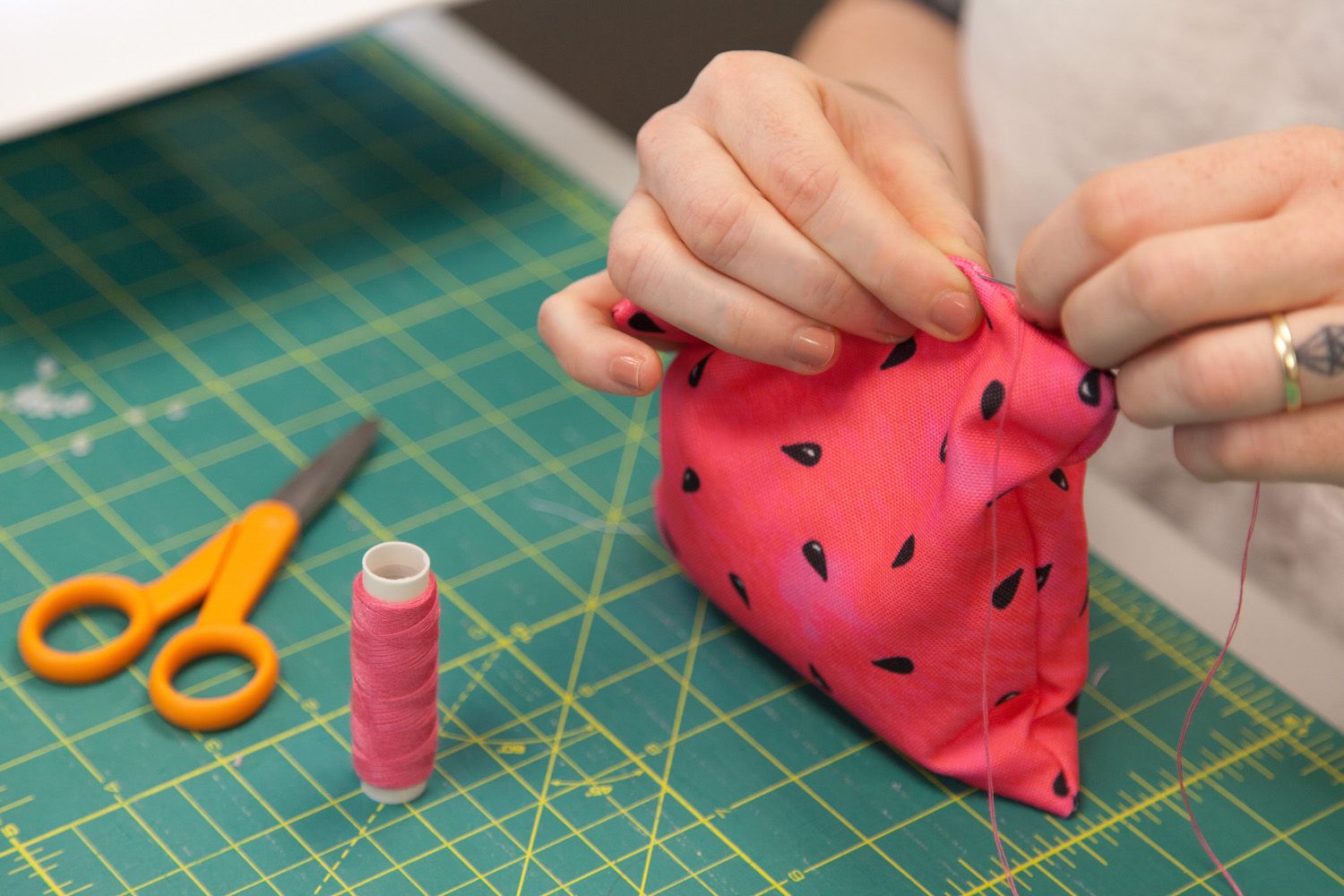



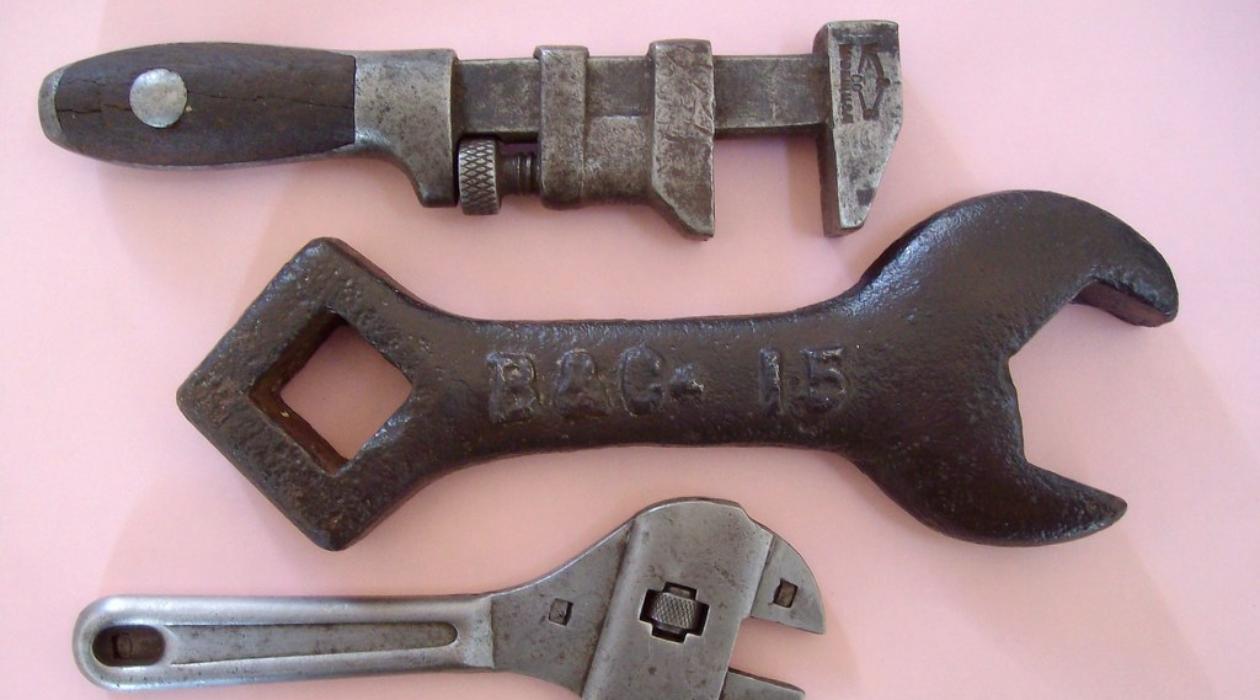

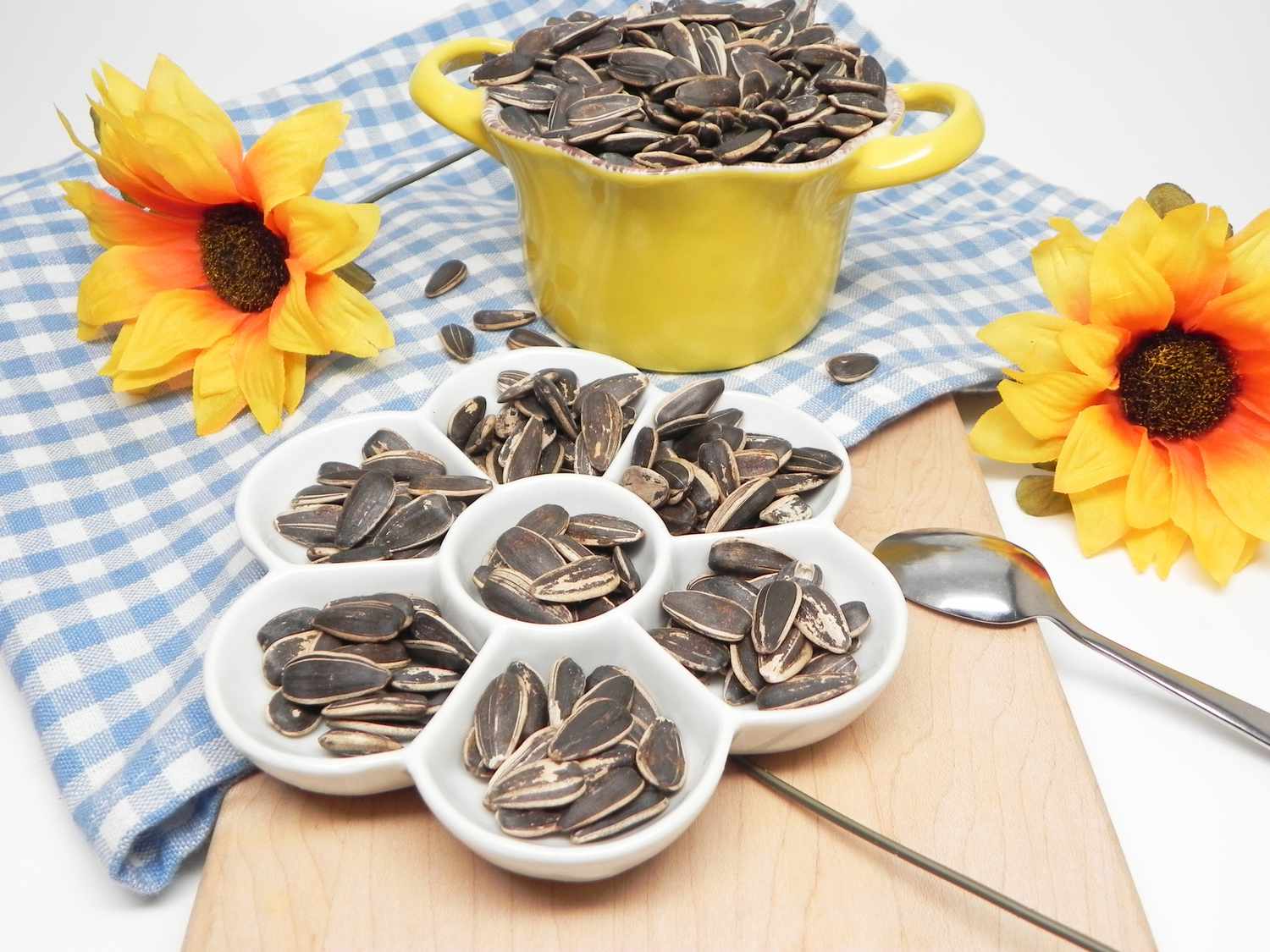


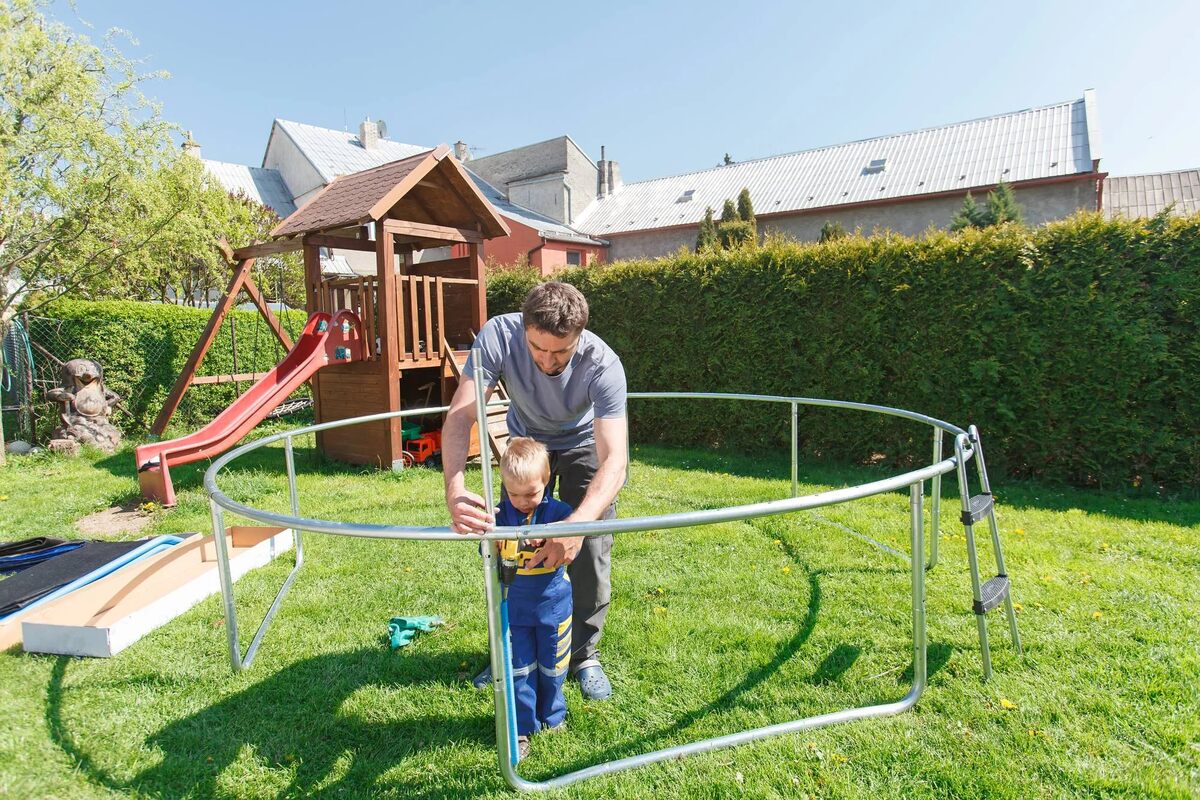


0 thoughts on “What Are Seeds Made Out Of”